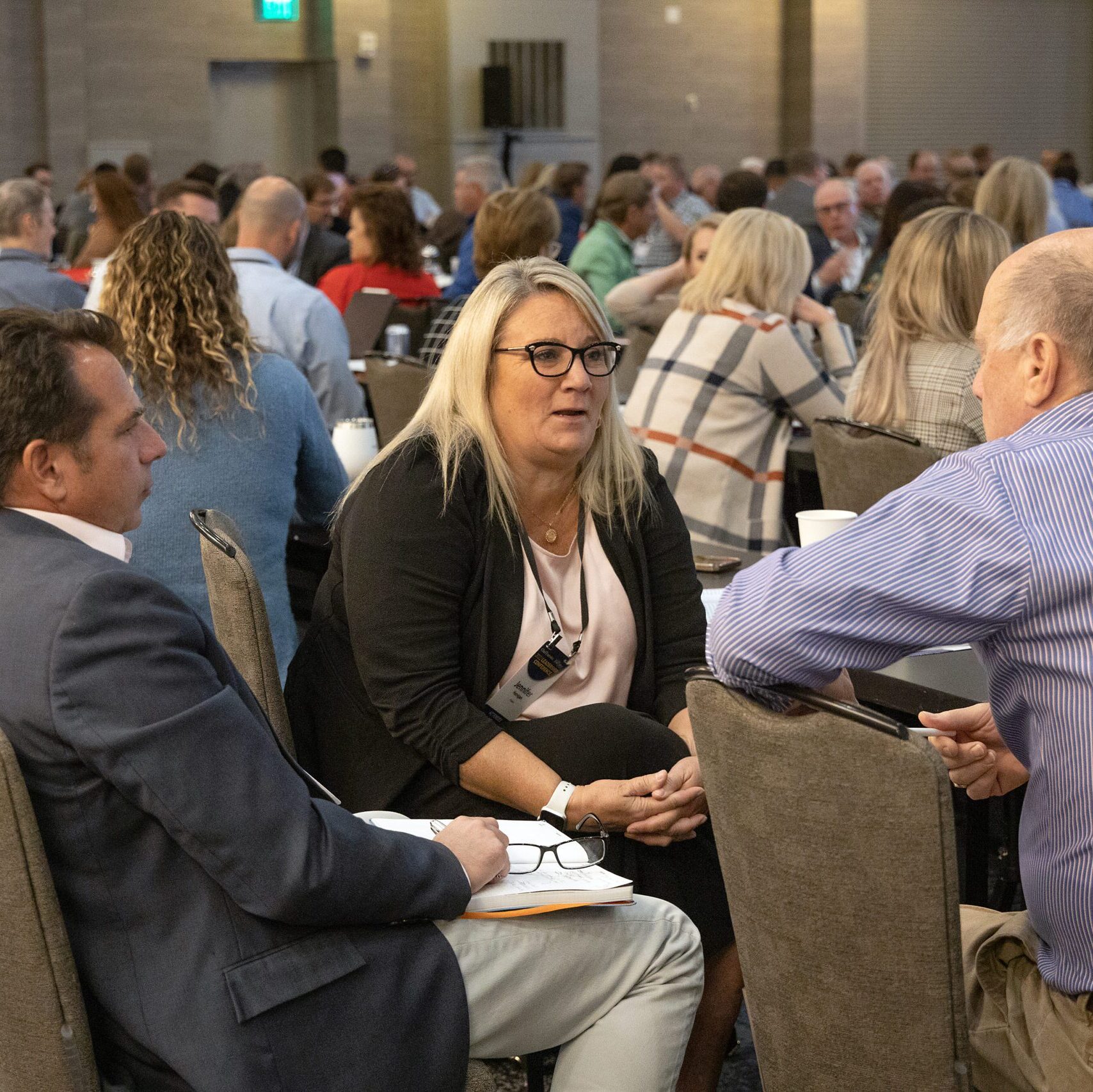In reviewing the actual data for a mid- to large-sized food company with 750 claims per year and losses of $6.5 million, Spiers found the average cost-per-claim for an employee under 20 was $1,777, while for a worker aged 50-59, it was nearly 10 times that amount or $17,017. Meanwhile, investing in ergonomics can actually boost productivity.
3. Set up a task force and recruit employees. As an employer, you will soon find yourself, through workers compensation insurance, replacing hips and knees. Moreover, to the extent your hands-on workforce ages, productivity may suffer as physical attributes decline with age. To boost productivity, let your aging workforce volunteer to be part of a task force to make the workplace more conducive and safe for them. Obviously, you need to take volunteers and not just assume a “seasoned worker” is going to be interested in such a task force. The Age Discrimination Act, in some ways unfortunately, does not allow you to target these individuals, even if they want to be targeted.
4. Learn from our European counterparts. The aging issue is not new to the rest of the world. If anything, we are new to the game. Auto manufacturers Audi and BMW have learned to design the workplace around the aging workforce and are being rewarded with productivity gains. BMW analyzed their workforce in 2007 and found that the average age of their workers would go from 41-46 by 2017. They actually set up an experimental assembly line in Dingolfing, Germany which had features such as “hoists to spare aging backs, adjustable- height working benches, and wooden floors instead of rubber to help hips swivel during repetitive tasks.” What was the result? The older workers outperformed the younger workers.
At Audi, the company designed production around disability challenges creating flexible working practices. They stopped measuring individual accomplishment and measured contribution across the age bands of the workforce. The result: A 40% increase in productivity.
5. Offer flexible retirement alternatives and blend older and younger workers. Plan out “climb down the ladder” scenarios where folks who still have important contributions to make can continue to make them on their terms and in a way that educates the next generation. Successful companies in the era of longevity will be those that structure alternative retirement strategies, especially in their critical skill sets.
Chief Executive Group exists to improve the performance of U.S. CEOs, senior executives and public-company directors, helping you grow your companies, build your communities and strengthen society. Learn more at chiefexecutivegroup.com.
0

1:00 - 5:00 pm
Over 70% of Executives Surveyed Agree: Many Strategic Planning Efforts Lack Systematic Approach Tips for Enhancing Your Strategic Planning Process
Executives expressed frustration with their current strategic planning process. Issues include:
Steve Rutan and Denise Harrison have put together an afternoon workshop that will provide the tools you need to address these concerns. They have worked with hundreds of executives to develop a systematic approach that will enable your team to make better decisions during strategic planning. Steve and Denise will walk you through exercises for prioritizing your lists and steps that will reset and reinvigorate your process. This will be a hands-on workshop that will enable you to think about your business as you use the tools that are being presented. If you are ready for a Strategic Planning tune-up, select this workshop in your registration form. The additional fee of $695 will be added to your total.

2:00 - 5:00 pm
Female leaders face the same issues all leaders do, but they often face additional challenges too. In this peer session, we will facilitate a discussion of best practices and how to overcome common barriers to help women leaders be more effective within and outside their organizations.
Limited space available.

10:30 - 5:00 pm
General’s Retreat at Hermitage Golf Course
Sponsored by UBS
General’s Retreat, built in 1986 with architect Gary Roger Baird, has been voted the “Best Golf Course in Nashville” and is a “must play” when visiting the Nashville, Tennessee area. With the beautiful setting along the Cumberland River, golfers of all capabilities will thoroughly enjoy the golf, scenery and hospitality.
The golf outing fee includes transportation to and from the hotel, greens/cart fees, use of practice facilities, and boxed lunch. The bus will leave the hotel at 10:30 am for a noon shotgun start and return to the hotel after the cocktail reception following the completion of the round.